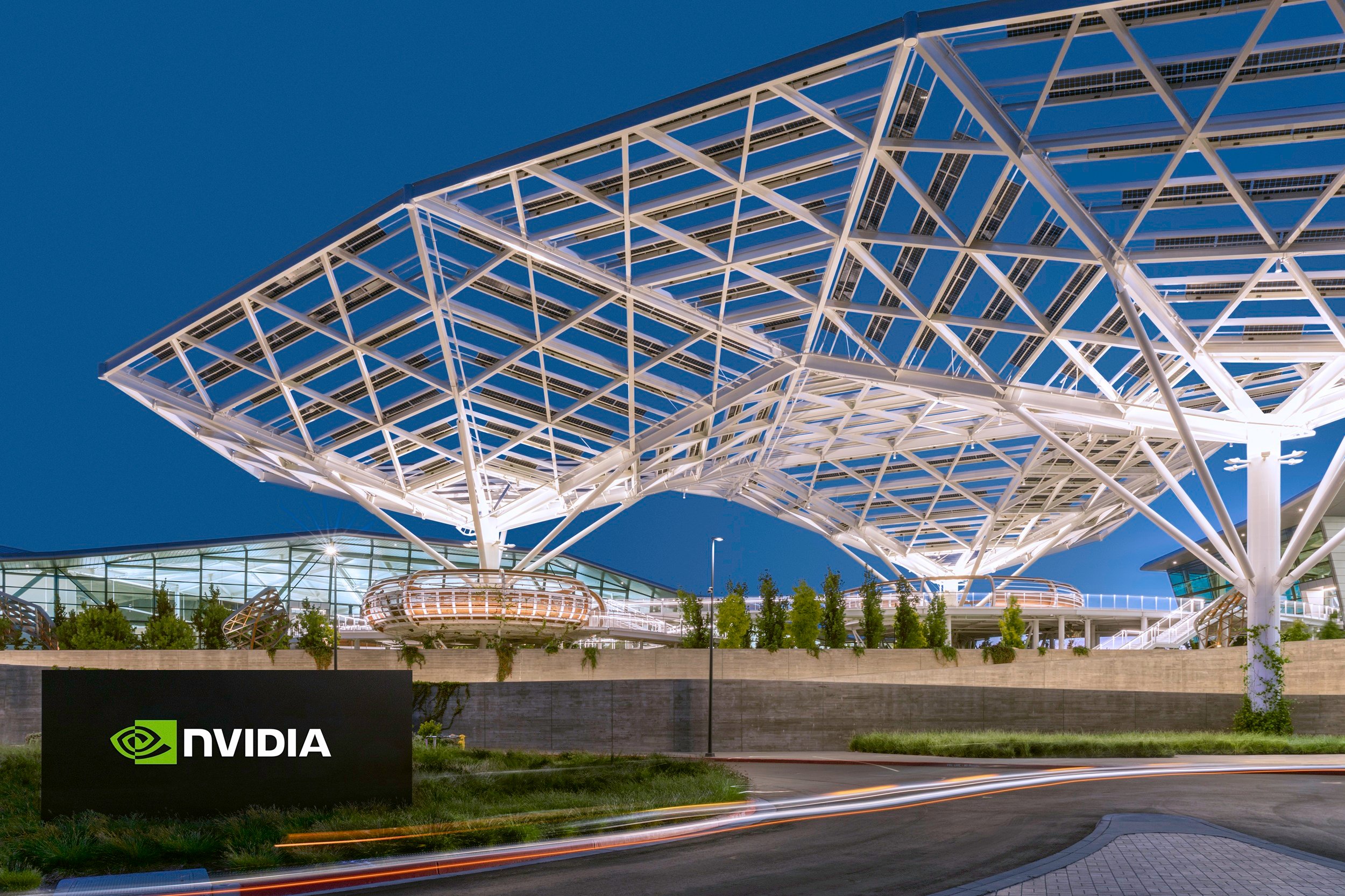Fortunes have been made by investing in artificial intelligence (AI) stocks. But there's still a lot of room left to go. The United Nations, for instance, believes that the AI market will grow from $189 billion worldwide in 2023 to nearly $5 trillion by 2033. Want to make sure your portfolio benefits? The two AI stocks below are for you.
Nvidia remains the smartest AI investment
When it comes to AI stocks, Nvidia (NVDA 3.30%) is king. Even if you're already familiar with this stock, there's a good chance that shares are much cheaper than you realize.
If you've been following the AI market, you'll know that Nvidia is the most valuable GPU maker in the world. GPUs sit at the heart of the AI revolution. They're critical for training and deploying complex AI models. They also make it possible for end users to access these models en masse from anywhere in the world.

NASDAQ: NVDA
Key Data Points
Right now, Nvidia's GPUs dominate the market. The firm has an estimated 90% market share for AI GPUs. Its performance and ecosystem advantages have granted the company the highest gross margins in the industry. Wall Street analysts are unsurprisingly excited.
Wedbush Securities analyst Dan Ives believes Nvidia's market cap will surge to $5 trillion within months. The biggest near-term catalyst: the decision by the U.S. government to allow Nvidia's new GPUs to be exported to China, a country that previously accounted for around 13% of the company's sales.
While shares are expensive based on trailing earnings, the stock trades at just 39 times forward earnings. Considering the AI boom is expected to persist for a decade or more, expect Nvidia to maintain double-digit annual growth rates for years to come. This should quickly eat into the upfront valuation premium, making shares a relative bargain for patient investors.

Image source: Getty Images.
Amazon is an artificial intelligence powerhouse
Apart from Nvidia, Amazon (AMZN 1.80%) stock looks like one of the best ways to invest in the AI revolution over the long term. That's because its most profitable business segment, Amazon Web Services, sits at the center of everything AI.
We've already discussed how Nvidia's GPUs sit between AI developers and the end users themselves. But there's one other industry that also sits at the center of the action: cloud infrastructure providers. Most estimates believe Amazon's AWS division is the largest cloud infrastructure provider in the world. Data compiled by Statista gives AWS a 30% global market share, nearly as much as the next two competitors combined.
While the data center industry is a bit more commoditized than the GPU market, there's clear differentiation by the players that can afford to invest at scale. Developers -- AI developers in particular -- want the best infrastructure possible. That includes the best hardware and the most locations from a geographic perspective. This makes it quicker, cheaper, and more convenient for customers.

NASDAQ: AMZN
Key Data Points
As the largest cloud provider in the world, Amazon is second to none in its ability to invest and expand its network. This should continue to place AWS at the center of increased spending.
"Companies are spending and they're spending more, and they plan to spend even more," Baird analyst Colin Sebastian recently told GeekWire. "We did a survey last month of 100 corporations, and 87% of them said they will increase spending on Gen AI over the next year -- and a grand total of zero out of 100 said they would spend less."
The AI spending boom is real. Demand should grow by 20% to 30% annually for years to come. With Amazon trading at 37 times earnings, most of its growth in this area is masked by its relatively slower growing e-commerce division. But as AWS becomes a bigger driver of Amazon's overall business, we could see growth rates accelerate, making shares a relative bargain in hindsight.





